A Comprehensive Guide to Catholic Religious Holidays in 2025
Related Articles: A Comprehensive Guide to Catholic Religious Holidays in 2025
Introduction
With great pleasure, we will explore the intriguing topic related to A Comprehensive Guide to Catholic Religious Holidays in 2025. Let’s weave interesting information and offer fresh perspectives to the readers.
Table of Content
A Comprehensive Guide to Catholic Religious Holidays in 2025
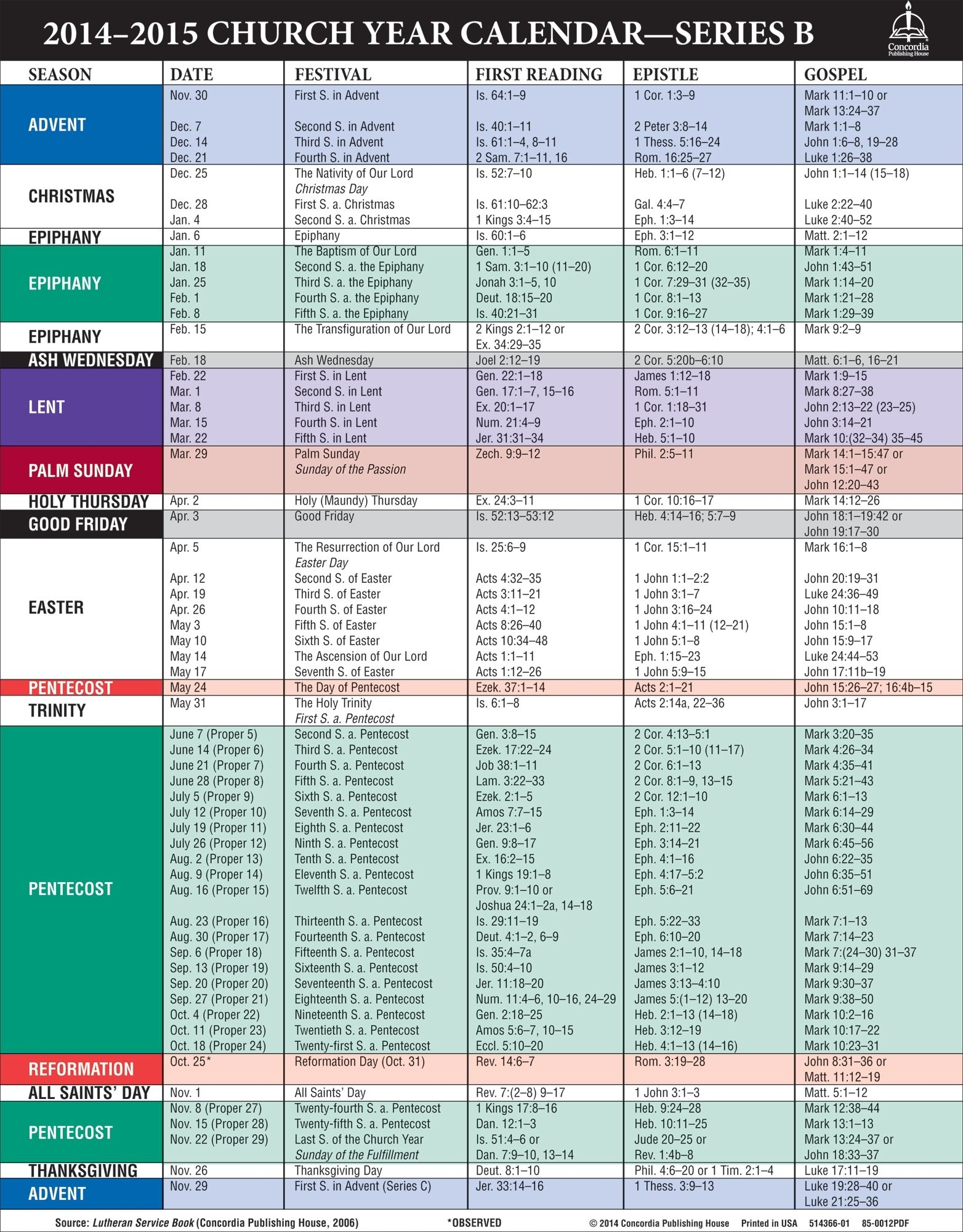
The Catholic Church observes a rich tapestry of religious holidays throughout the year, each commemorating a significant event in the life of Jesus Christ, the Virgin Mary, or the Saints. These observances offer opportunities for reflection, prayer, and spiritual renewal, fostering a deeper connection with the divine and strengthening the bonds of faith within the community.
This guide provides a comprehensive overview of the major Catholic religious holidays in 2025, exploring their historical significance, liturgical practices, and spiritual significance.
January
- Solemnity of Mary, Mother of God (January 1): This feast celebrates Mary’s role as the mother of Jesus Christ, acknowledging her unique place in the plan of salvation. It is a day of joy and thanksgiving, reflecting on the divine motherhood of Mary and her role in the life of the Church. Liturgically, the day features special prayers and readings dedicated to Mary.
- Epiphany (January 6): This feast commemorates the visit of the Magi to the infant Jesus, symbolizing the revelation of Jesus as the Messiah to the world. It is a day of celebration and reflection on the universality of God’s love, extending to all people, regardless of their background or origin. The liturgical celebration often involves the blessing of chalk and the inscription of the year and the initials of the three wise men (C+M+B) on doors.
- Feast of the Baptism of the Lord (January 12): This feast commemorates the baptism of Jesus by John the Baptist in the River Jordan, signifying the beginning of Jesus’ public ministry. It is a day of reflection on the sacrament of baptism, its significance in the life of the Church, and its role in uniting individuals with Christ. The liturgical celebration often includes a renewal of baptismal vows.
February
- Presentation of the Lord (February 2): This feast commemorates the presentation of Jesus at the Temple in Jerusalem, forty days after his birth, as prescribed by Jewish law. It is a day of reflection on the dedication of children to God and the importance of offering one’s life to the service of the Lord. The liturgical celebration often involves the blessing of candles and the procession of the candles to the altar.
March
- Ash Wednesday (March 5): This day marks the beginning of Lent, a period of forty days of prayer, fasting, and penance in preparation for Easter. It is a day of reflection on sin and repentance, symbolized by the imposition of ashes on the forehead. The liturgical celebration includes a special Mass with readings focused on repentance and the call to conversion.
April
- Palm Sunday (April 6): This day commemorates the triumphant entry of Jesus into Jerusalem, where he was welcomed as the Messiah by the crowds. It is a day of joy and anticipation, marking the beginning of Holy Week, the most sacred week in the liturgical year. The liturgical celebration features the procession of palm branches, the reading of the Passion narrative, and the blessing of palms.
- Holy Thursday (April 10): This day commemorates the Last Supper, where Jesus instituted the Eucharist and gave his disciples a new commandment to love one another. It is a day of reflection on the institution of the priesthood and the importance of love and service. The liturgical celebration includes the washing of feet, the Mass of the Last Supper, and the Adoration of the Blessed Sacrament.
- Good Friday (April 11): This day commemorates the crucifixion and death of Jesus Christ. It is a day of mourning, prayer, and reflection on the sacrifice of Jesus and the love he had for humanity. The liturgical celebration includes the reading of the Passion narrative, the veneration of the Cross, and the Good Friday Liturgy.
- Holy Saturday (April 12): This day is a day of waiting and anticipation for the resurrection of Jesus. It is a day of prayer and reflection on the mystery of death and resurrection. The liturgical celebration includes the blessing of the Easter fire, the lighting of the Paschal candle, and the reading of the Gospel account of the resurrection.
- Easter Sunday (April 13): This day commemorates the resurrection of Jesus Christ from the dead, signifying his victory over death and sin. It is a day of great joy, celebration, and hope, marking the culmination of Holy Week and the central mystery of the Christian faith. The liturgical celebration includes the Easter Vigil, the Mass of the Resurrection, and the exchange of the Easter greeting "Christ is risen!" "He is risen indeed!"
May
- Ascension Thursday (May 1): This feast commemorates the ascension of Jesus Christ into heaven forty days after his resurrection. It is a day of reflection on Jesus’ eternal reign and his promise to send the Holy Spirit. The liturgical celebration includes a special Mass with readings focused on the ascension and the coming of the Holy Spirit.
- Pentecost Sunday (May 11): This feast commemorates the descent of the Holy Spirit upon the apostles, marking the birth of the Church. It is a day of celebration and thanksgiving for the gifts of the Holy Spirit and the power of the Gospel to transform lives. The liturgical celebration includes the reading of the Acts of the Apostles, the renewal of baptismal vows, and the reception of the Holy Spirit.
June
- Corpus Christi (June 19): This feast celebrates the real presence of Christ in the Eucharist. It is a day of adoration, thanksgiving, and procession, acknowledging the gift of the Eucharist as the source of life and grace. The liturgical celebration includes a special Mass with readings focused on the Eucharist, the procession with the Blessed Sacrament, and the Benediction.
July
- Feast of the Visitation (July 2): This feast commemorates the visit of the Virgin Mary to her cousin Elizabeth, who was pregnant with John the Baptist. It is a day of reflection on the importance of family, community, and the power of prayer. The liturgical celebration often includes a special Mass with readings focused on the Visitation and the role of Mary in the plan of salvation.
August
- Assumption of the Blessed Virgin Mary (August 15): This feast commemorates the bodily assumption of the Virgin Mary into heaven. It is a day of joy and celebration, acknowledging Mary’s unique place in the Church and her role as a model of faith and devotion. The liturgical celebration includes a special Mass with readings focused on the Assumption and the role of Mary in the Church.
September
- Nativity of the Blessed Virgin Mary (September 8): This feast commemorates the birth of the Virgin Mary. It is a day of reflection on the role of Mary in the plan of salvation and her importance in the life of the Church. The liturgical celebration often includes a special Mass with readings focused on the Nativity of Mary and her role as the Mother of God.
October
- Feast of St. Francis of Assisi (October 4): This feast commemorates the life and work of St. Francis of Assisi, the patron saint of animals and the environment. It is a day of reflection on the importance of peace, justice, and care for creation. The liturgical celebration often includes a special Mass with readings focused on the life and work of St. Francis, and the blessing of animals.
- Feast of Our Lady of the Rosary (October 7): This feast commemorates the victory of the Christian forces over the Turks at the Battle of Lepanto in 1571, attributed to the power of the rosary. It is a day of reflection on the importance of prayer and the power of the rosary to bring peace and healing. The liturgical celebration often includes a special Mass with readings focused on the rosary and the role of Mary in the Church.
- All Saints’ Day (November 1): This feast commemorates all the saints, known and unknown, who have gone before us. It is a day of celebration and thanksgiving for the lives of the saints and their example of holiness. The liturgical celebration includes a special Mass with readings focused on the lives of the saints and the call to holiness.
- All Souls’ Day (November 2): This day is dedicated to remembering and praying for the souls of the faithful departed. It is a day of reflection on the importance of prayer for the dead and the hope of eternal life. The liturgical celebration often includes a special Mass with readings focused on the afterlife and the importance of prayer for the dead.
December
- Feast of the Immaculate Conception (December 8): This feast commemorates the conception of the Virgin Mary without original sin. It is a day of reflection on the role of Mary in the plan of salvation and her importance in the life of the Church. The liturgical celebration often includes a special Mass with readings focused on the Immaculate Conception and the role of Mary in the Church.
- Feast of St. Stephen (December 26): This feast commemorates the martyrdom of St. Stephen, the first Christian martyr. It is a day of reflection on the importance of faith and the courage to stand up for one’s beliefs. The liturgical celebration often includes a special Mass with readings focused on the life and martyrdom of St. Stephen.
- Feast of St. John the Evangelist (December 27): This feast commemorates the life and work of St. John the Evangelist, one of the twelve apostles and the author of the Gospel of John. It is a day of reflection on the importance of love, faith, and the power of the Gospel. The liturgical celebration often includes a special Mass with readings focused on the life and work of St. John the Evangelist.
- Feast of the Holy Innocents (December 28): This feast commemorates the massacre of the Holy Innocents by King Herod. It is a day of reflection on the importance of protecting children and the innocence of childhood. The liturgical celebration often includes a special Mass with readings focused on the massacre of the Holy Innocents and the importance of protecting children.
The Importance and Benefits of Observing Catholic Religious Holidays
Observing Catholic religious holidays holds significant importance and offers numerous benefits for individuals and the wider community. These benefits include:
- Strengthening Faith: Participating in liturgical celebrations, reflecting on the events commemorated, and engaging in acts of prayer and charity deepen one’s understanding and appreciation of the Catholic faith.
- Spiritual Renewal: Catholic holidays provide opportunities for introspection, examining one’s own life in light of the faith and seeking spiritual renewal through prayer, reflection, and acts of service.
- Community Building: The communal celebration of these holidays strengthens bonds within the parish and the wider Catholic community, fostering a sense of belonging and shared faith.
- Cultural Preservation: These holidays contribute to the preservation of Catholic traditions, values, and cultural heritage, ensuring their transmission to future generations.
- Social Justice: Many Catholic holidays, such as the Feast of St. Francis of Assisi, emphasize the importance of social justice and care for the poor and marginalized. Observing these holidays encourages individuals to reflect on their own responsibility to work for a more just and equitable world.
- Personal Growth: Engaging in the practices associated with Catholic holidays, such as fasting, prayer, and acts of charity, can contribute to personal growth and development, fostering compassion, humility, and a deeper connection with God.
FAQs
-
Q: What are the main differences between Catholic and secular holidays?
- A: Catholic holidays are primarily focused on commemorating religious events and figures, while secular holidays often celebrate cultural or historical events. Catholic holidays often involve liturgical celebrations, prayer, and acts of charity, while secular holidays are more likely to focus on social gatherings, festivities, and traditions.
-
Q: Are all Catholic holidays mandatory to observe?
- A: While all Catholic holidays are considered important, only a few are considered "holy days of obligation," meaning that Catholics are required to attend Mass on those days. The holy days of obligation in 2025 are: Solemnity of Mary, Mother of God (January 1), Ascension Thursday (May 1), Assumption of the Blessed Virgin Mary (August 15), All Saints’ Day (November 1), and the Immaculate Conception (December 8).
-
Q: How can I make the most of Catholic holidays?
- A: To make the most of Catholic holidays, consider attending Mass, participating in liturgical celebrations, reading Scripture, reflecting on the meaning of the holiday, and engaging in acts of charity or service.
-
Q: How do Catholic holidays differ across cultures?
- A: While the core meaning of Catholic holidays remains consistent across cultures, the specific traditions and celebrations may vary depending on local customs and traditions. For example, the Feast of St. Francis of Assisi may involve the blessing of animals in some cultures, while in others, it may focus on environmental activism.
-
Q: What are some common misconceptions about Catholic holidays?
- A: Some common misconceptions about Catholic holidays include the belief that they are solely focused on religious dogma, that they are outdated or irrelevant in modern society, or that they are solely for practicing Catholics. In reality, Catholic holidays offer opportunities for spiritual growth, community building, and social justice, and they are relevant to all individuals who seek meaning and purpose in their lives.
Tips for Observing Catholic Religious Holidays
- Plan Ahead: To ensure that you can fully participate in the celebrations, plan your schedule in advance, including attending Mass, participating in liturgical celebrations, and engaging in acts of charity.
- Reflect on the Meaning: Take time to reflect on the significance of the holiday and how it relates to your own life. Consider reading Scripture passages related to the event, praying, and journaling about your thoughts and reflections.
- Engage in Acts of Charity: Consider ways to show your love for God and your neighbor by performing acts of charity, such as volunteering at a local shelter, donating to a charity, or helping a neighbor in need.
- Share the Joy: Invite friends and family to join you in celebrating the holiday, sharing the joy of the faith and strengthening bonds within your community.
- Be Mindful of Others: Remember that not everyone celebrates Catholic holidays. Be respectful of those who have different beliefs or traditions, and avoid imposing your beliefs on others.
Conclusion
Catholic religious holidays offer a unique opportunity to deepen one’s faith, engage in spiritual renewal, and contribute to the well-being of the community. By embracing the rich traditions and spiritual practices associated with these holidays, individuals can foster a deeper connection with God, strengthen their faith, and live lives of love, service, and compassion. As we navigate the complexities of modern life, these observances provide a vital anchor, reminding us of the enduring values of faith, hope, and love that are at the heart of the Catholic tradition.
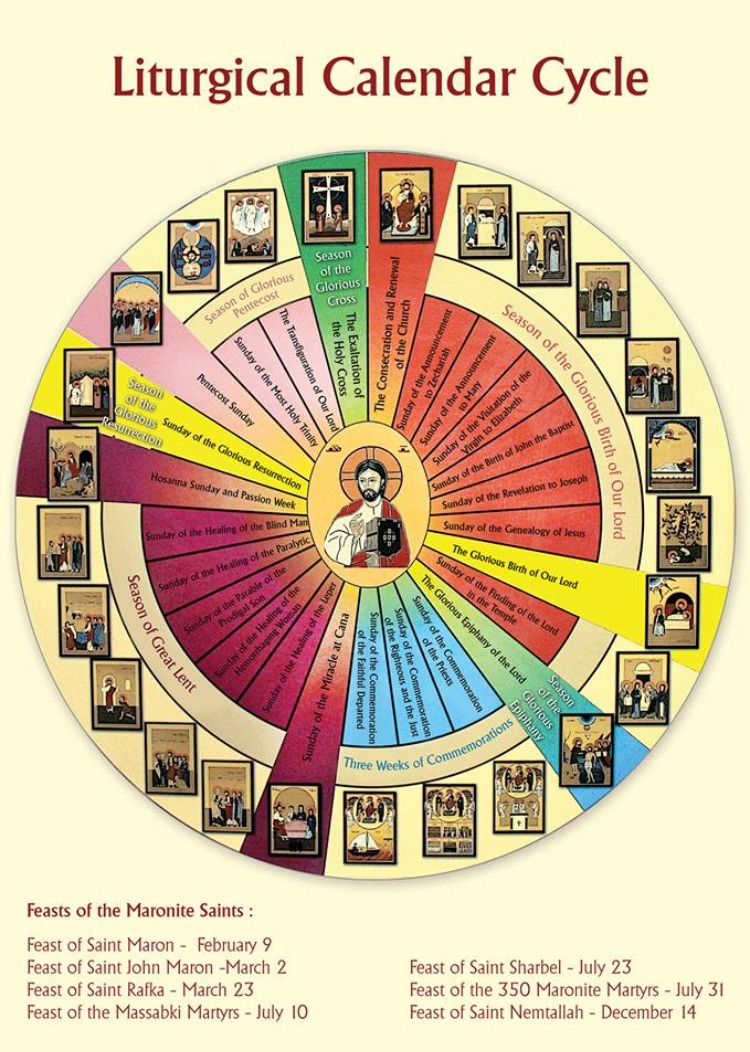
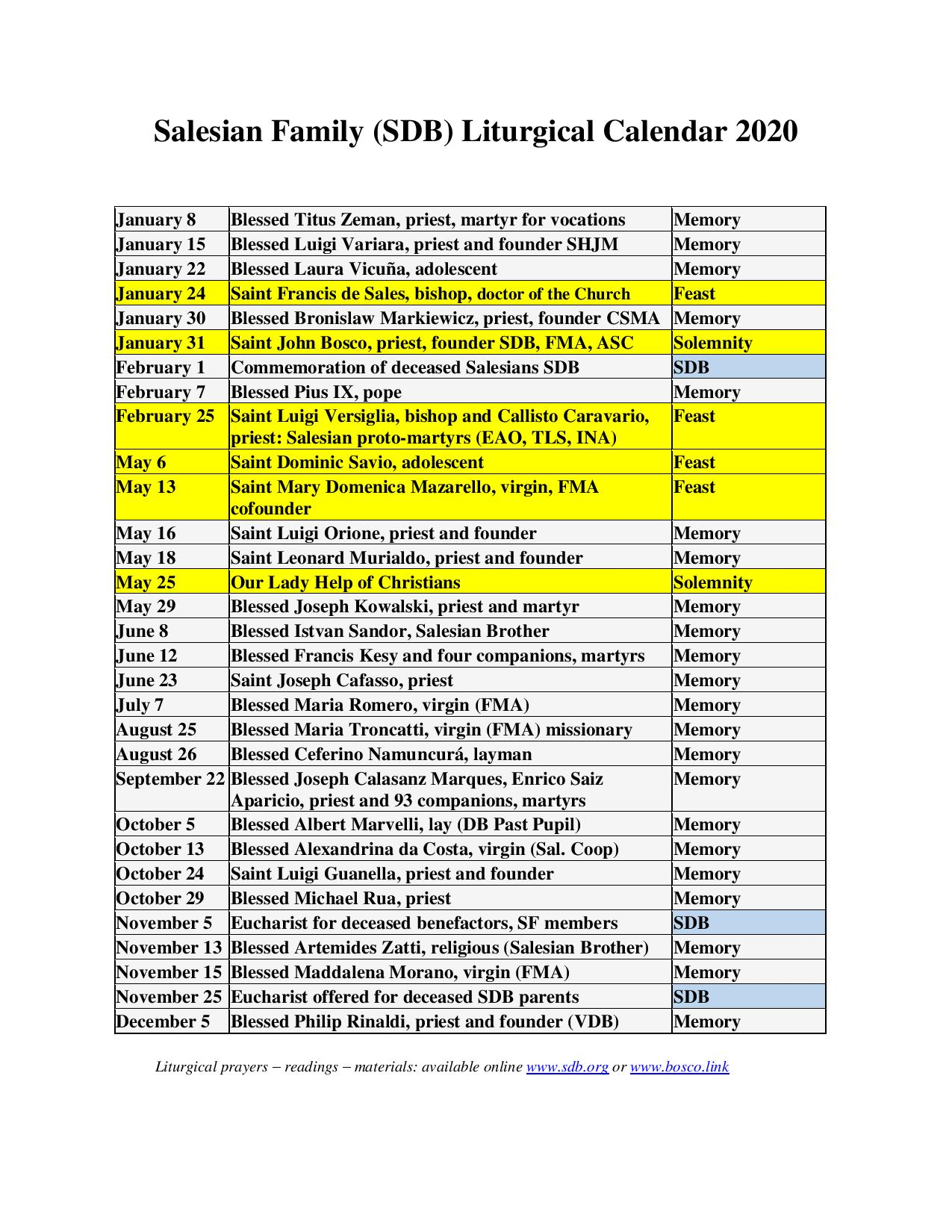
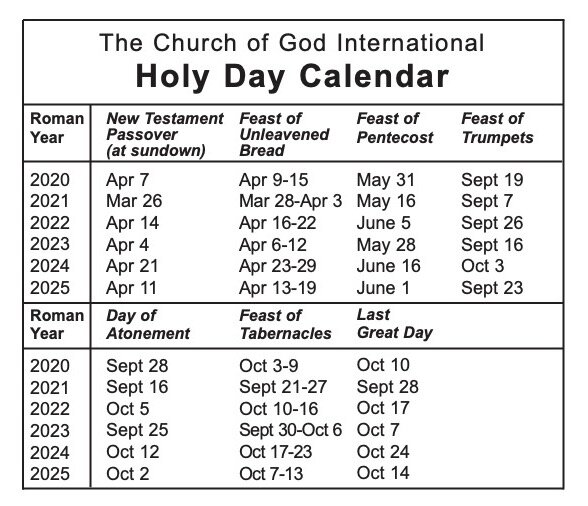

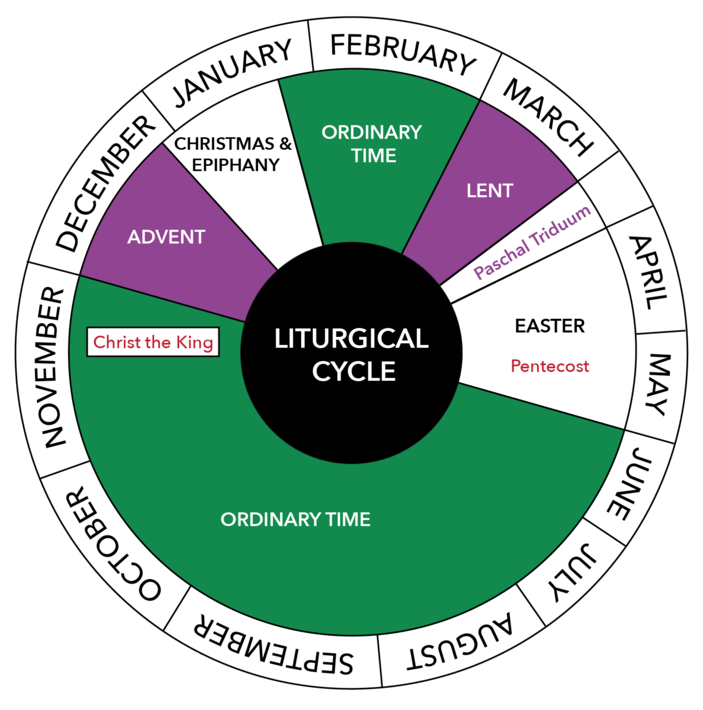

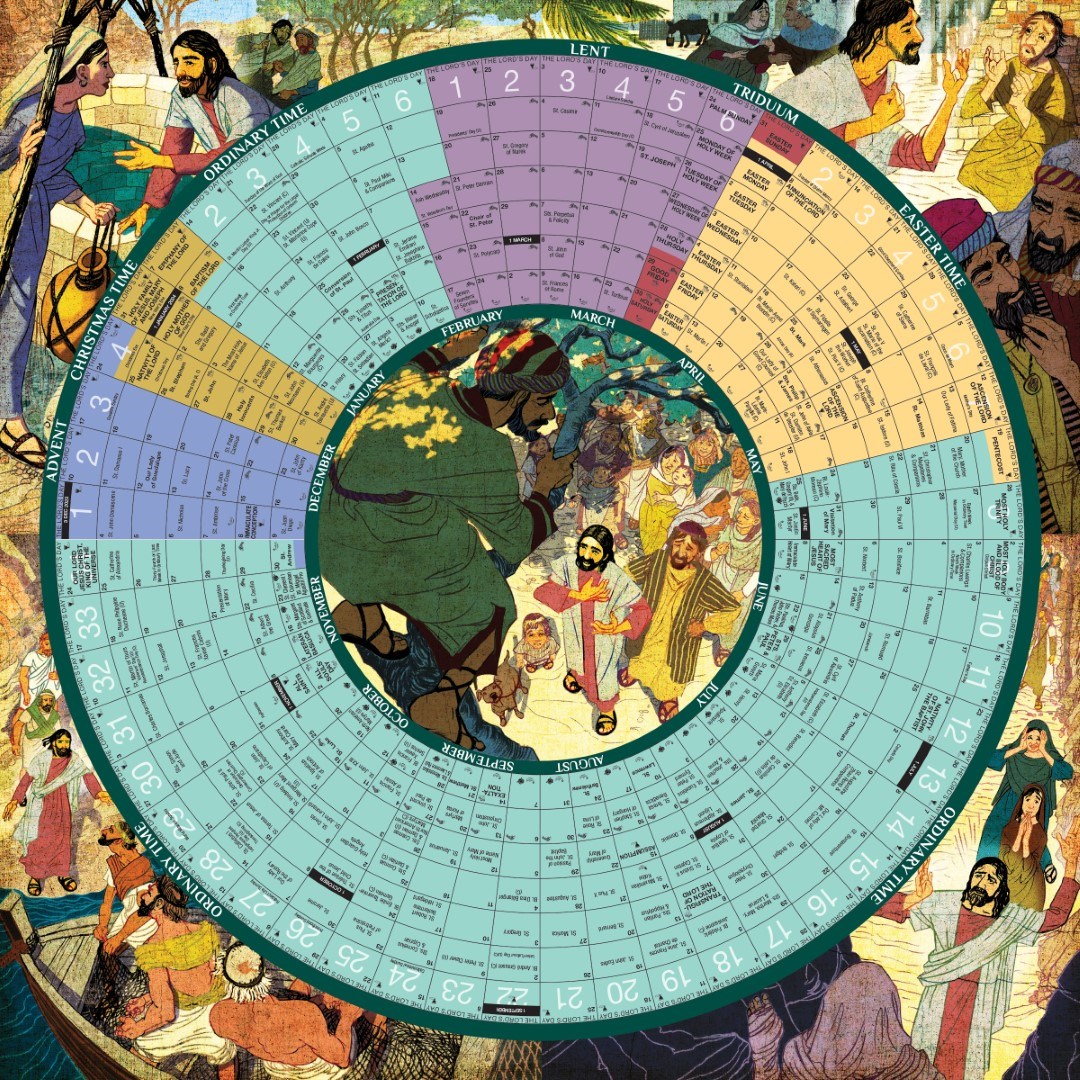
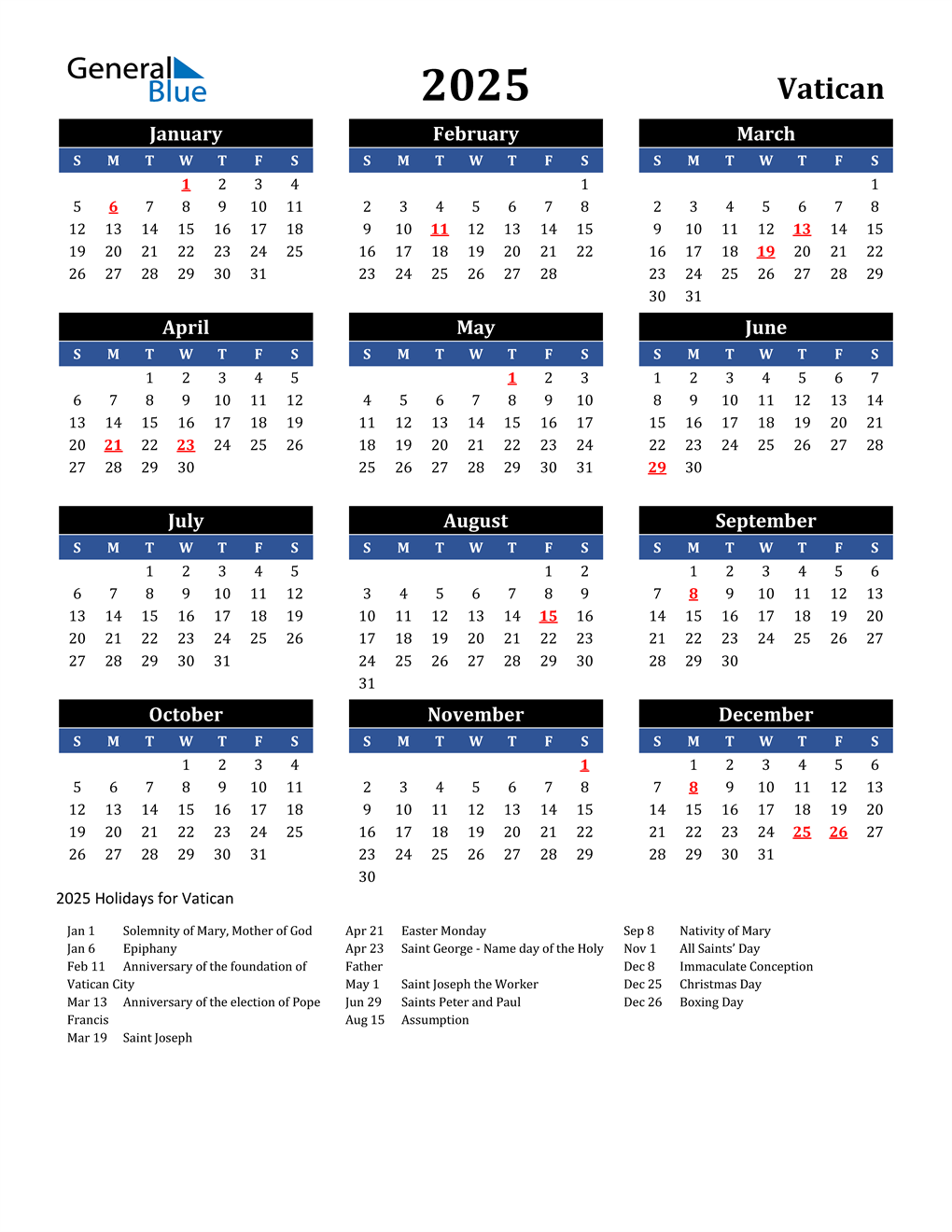
Closure
Thus, we hope this article has provided valuable insights into A Comprehensive Guide to Catholic Religious Holidays in 2025. We thank you for taking the time to read this article. See you in our next article!
